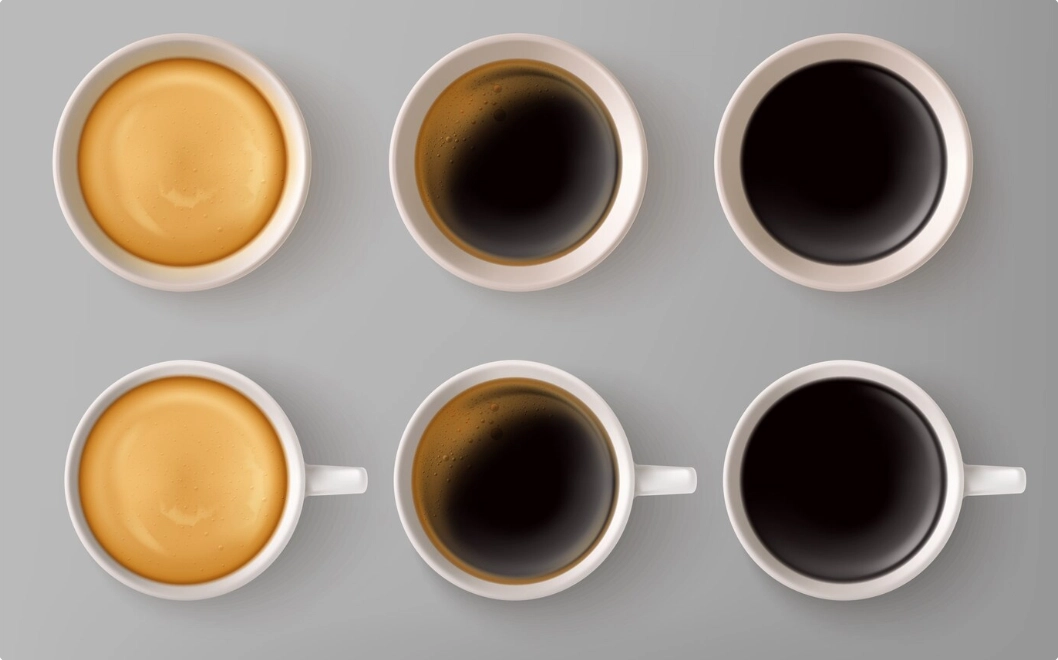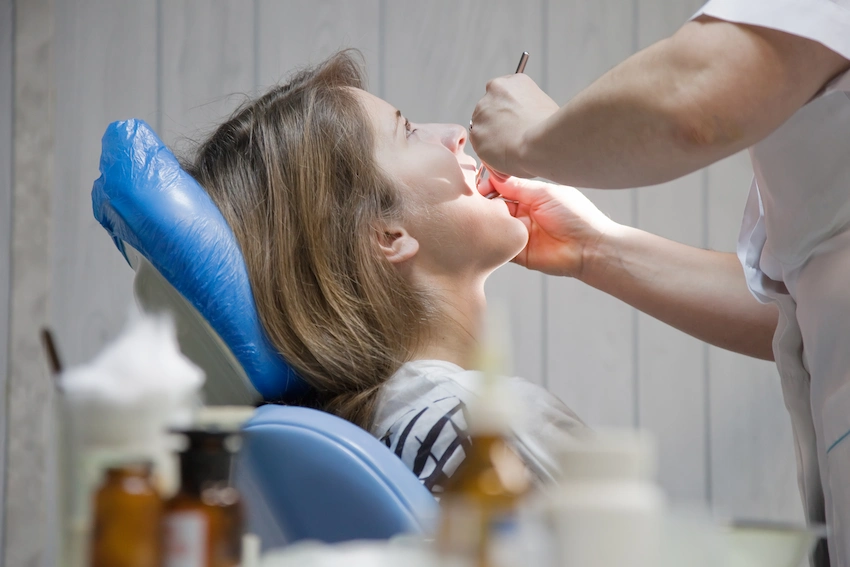🍷 How Acidic Is Wine for Teeth?

Wine has always been a popular drink, whether it’s red or white wine served at dinners, family gatherings, or during quiet, reading hours. While it’s true that wine in moderation can aid health, it can also damage teeth through acidity and staining. After you read this paper, you will get to know the ways by which wine will damage your teeth, the acidity of the wine, and at the same time, get the best out of the wine glass without ruining your teeth.
🔬 Why Is Wine Acidic?
Red and white wines are both acidic by nature, having pH levels ranging from 3.0 to 4.0. Acids, such as tartaric acid, malic acid, and citric acid, among others, are responsible for the wine’s sour and tangy taste. However, winemakers sometimes add tannins to red wine during the fermentation process, which makes the wine even more acidic. The occurrence of enamel wear, due to wine’s acidity, can lead to sensitivity, the discoloration of teeth, and other dental issues.
🦷 How Wine Affects Your Teeth
Enamel Erosion
Consistent consumption of both red and white wines, both of which contain acid, can wear down the tooth enamel, thus your smile can start looking not-so-pearly-white. Enamel wear opens the door to the possibility of sensitivity to food and drinks that are hot, cold, or sweet.
Sore Teeth
After the enamel of your teeth has eroded, you may notice that they are spot-sensitive when it comes to temperature changes. Thus, pain may occur not only when you drink hot or cold beverages but also when you consume some sweets or acidic flavors.
Discoloration
Wine, especially red wine, is a well-known culprit for the discoloration of teeth. The coloring agents in the wine adhere to enamel weakened by the plaque, leading to discoloration that is more difficult to remove and maintain a bright and white smile. White wine is not as prone to cause discoloration; nevertheless, it might still be the source of enamel erosion and thus contribute to the staining caused by other foods.
Cavities
The acidity of the wine, together with its potential for a high sugar content (especially in sweet wines), may be the cause of cavities. The weak acids of the wine can erode the enamel and make it easier for bacteria to thrive, and that, in the end, leads to tooth decay. Moreover, sipping the wine over a long time will keep the teeth constantly in contact with the acid, which further increases the risk of enamel damage and cavities.
Ways to Keep Your Teeth Healthy When Drinking Wine
- Consume moderately: Drinking wine in limited amounts will minimize the acid exposure to your teeth.
- Drink water alternately: Alternating wine with water will help to neutralize the acidity and remove any remaining wine from your teeth.
- Utilize a straw: In this way, wine consumption through a straw, together with a little contact, if any, between the wine and your teeth, would mean less acid exposure.
- After drinking wine, rinse your mouth with water and thus, all the extra acids and dyes that can wear down the enamel will be removed.
- Make sure to let at least 30 minutes pass after drinking wine before you brush your teeth. For one thing, the acids in wine can soften the enamel, and for the other, brushing too soon can wear out even more enamel.
Final Thoughts from Lema Dental Clinic
While the wine you drink at your meal can be a pleasant experience, its sourness and possible tinting elements are dangerous for your teeth. Wine will only imprint the acid stain on the teeth if you follow the right maintenance strategies as making a sufficient amount of vodka, rinsing, and using nonalcoholic toothpaste to brush your teeth. The wine consumption habit adds up to you being cautious of your teeth stain and then taking relevant measures to maintain your dental health always.




